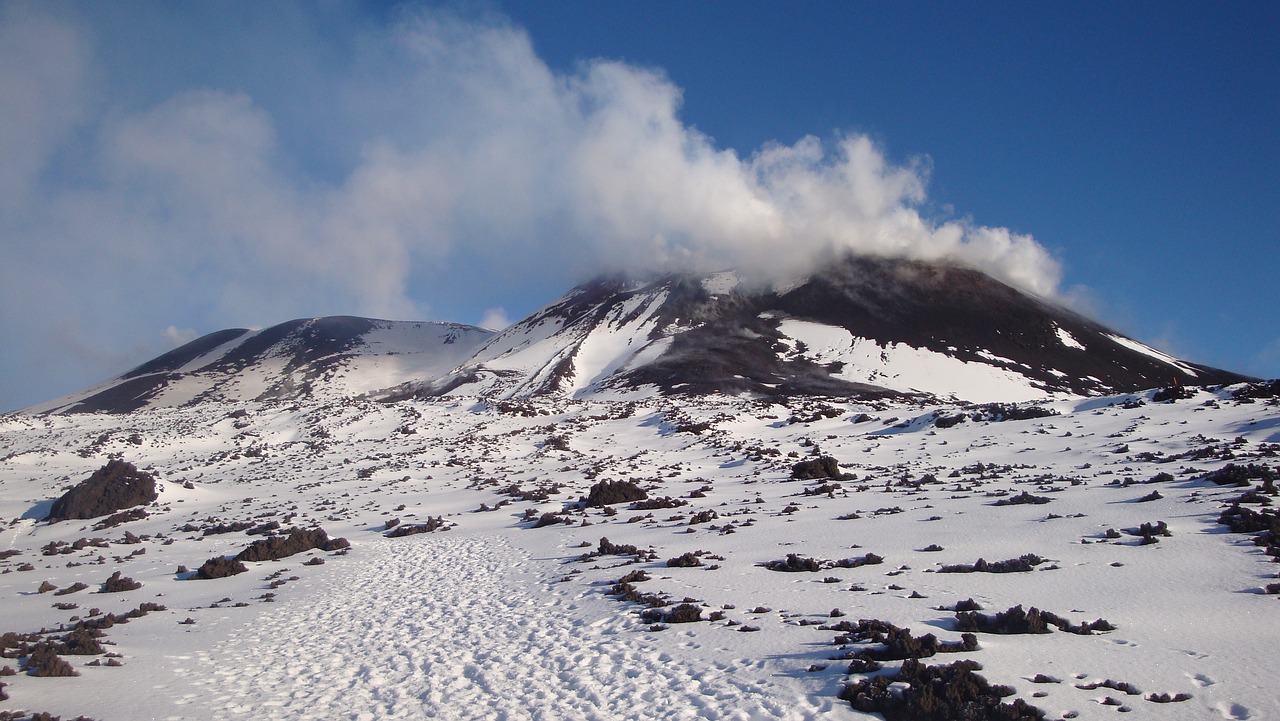Volcanoes: fiery, destructive and unpredictable or unknown environmental saviour? This was the question being answered by a group of professors from Trinity who travelled to Europe’s most active volcano, Mt Etna, last year. Their aim was to research natural CO2 capture methods involving porous volcanic minerals. CO2 is undoubtedly one of the most discussed culprits of our ongoing climate crisis. At the start of May this year, the levels of CO2 in our atmosphere reached their peak in human history. The last time we had CO2 levels of 415 parts per million in our atmosphere was in the Pliocene epoch, around 5 million to 3 million years ago. This devastating milestone marks a new phase of the global warming process. We have never existed on a planet like this, and if we don’t figure out how to turn back the greenhouse gas clock, it won’t be our problem much longer.
To confront the issue of climate change, we need innovation and ingenuity. Unfortunately there is no user’s manual for what to do when you have drowned your own ecosystem in suffocating, heat-capturing gases, so we have to think outside the box. As the issue becomes more and more urgent, some scientists are turning to minerals, abundant on and within our earth’s crust, in search of new CO2 capture methods. Amongst these were Trinity’s Professor Jennifer McElwain, chair of Botany, Professor Balz Kamber, chair of Geology and Mineralogy, and Professor Laurence Gill from the School of Engineering. With them was an artist in residence at the School of Natural Sciences, Siobhán McDonald. The process they looked into was carbon mineralisation, the conversion of CO2 into solid rocks that prevent it from wreaking havoc in the atmosphere.
So how does one spot these natural CO2-storing rocks? Their surfaces are veined with chalky white lines of carbonates. These telltale ridges of stone could be seen by the researchers on the surface of Mt Etna, pointing to the possibility of CO2 being captured by the volcanic ash. These deposits show that carbon dioxide has undergone chemical change into solid carbonates, like the calcite that forms our natural karst landscape in the Burren. The natural carbon-silicate cycle is the earth’s way of controlling CO2 levels, and occurred long before we started creating billions of tonnes of it a year. Carbon dioxide dissolves in water vapour in the atmosphere forming a weak carbonic acid. Once this falls on silicate rocks and it reacts, it forms carbonate compounds. These carbonate compounds are then transported through rivers, and once they arrive at the sea they are used by plankton or form limestone. They remain undisturbed at the bottom of the ocean for thousands of years, until high heats from volcanic activity can cause them to decompose, re-releasing the pesky CO2, and so the cycle continues. So why can’t we just let the cycle do its work? The issue is that we release more than 30 times the amount of CO2 from burning fossil fuels each year than the natural carbon cycle processes. Put simply, we are living in a way that our planet is not built to contend with.
Though volcanic eruptions do release carbon dioxide into the atmosphere themselves, their ash has been found to capture carbon dioxide effectively. The small particle size of ash in a volcanic cloud compared to other CO2-capturing minerals like basalt could also be its main advantage. It requires little human intervention compared to other greenhouse gas capture methods and is in abundant supply. There are normally between 50-70 volcanic eruptions globally per year producing huge quantities of volcanic ash. Some scientists have begun adapting the cycle to produce CO2-consuming carbonate compounds, which could then be stored with little effort or implemented in useful processes like cement manufacture and building materials. McElwain, Kamber and Gill presented their research on how carbon mineralisation could be used at a geochemistry conference just this summer. They discussed how applying crushed basalt or volcanic ash to arable land increases soil fertility and stabilises its pH and could also heighten the CO2 capture effect. If applied to global arable land the method “holds significant prospect for atmospheric CO2 reduction on the order of 10-20 ppm per decade.” However promising this is, how we develop such large scale techniques from case study to mass scale change is going to be the scientific challenge of our generation.






